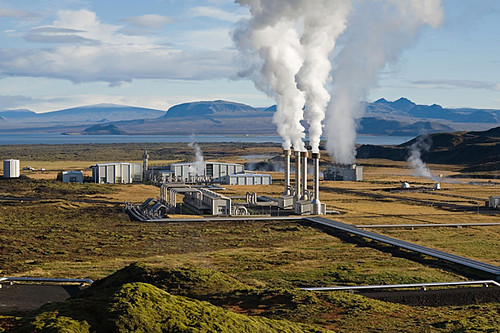
Interesting post on the DLR blog last week on geothermal energy…
Ninety-nine percent of the Earth is hotter than 1000 degrees Celsius. Inside Earth’s core, temperatures rise to 7000 degrees. In total, the power within our planet amounts to thousands of billions of watts. This reservoir has its origins in the residual heat dating from the time the Earth was created, roughly 4.6 billion years ago, and in the ongoing radioactive decay of long-lived isotopes of uranium, thorium and potassium. The question we need to ask ourselves is why, given these gigantic amounts of energy, does geothermal power still only account for far less than one percent of our energy usage?
In principle, electricity and heat can be sourced economically and in a climate-neutral manner from geothermal power plants. But this valuable energy lies hidden beneath our feet and is difficult to access. On average, temperatures only rise moderately as depth increases – by roughly three degrees per 100 metres. However, at a few places on Earth, due to location-specific geological attributes, more of Earth’s heat reaches the surface. Volcanically-active Iceland is the classic case in point. This Atlantic island has enough heated and evaporated water just below its surface to supply more than half of the power it needs, driving the turbines in geothermal power stations via heat exchangers. In addition, roughly 90 percent of Icelandic households are heated remotely from geothermal sources.
MIT published a study a couple of years ago advocating large-scale development. It’s worth looking in to: start with the U.S. Department of Energy.